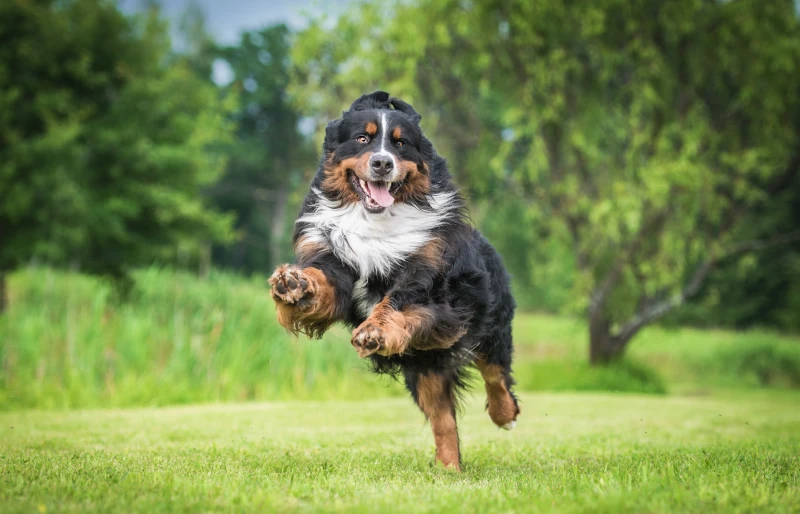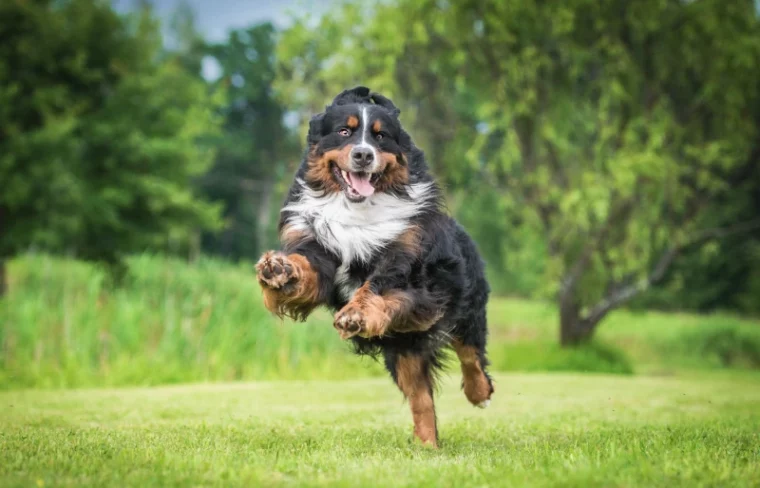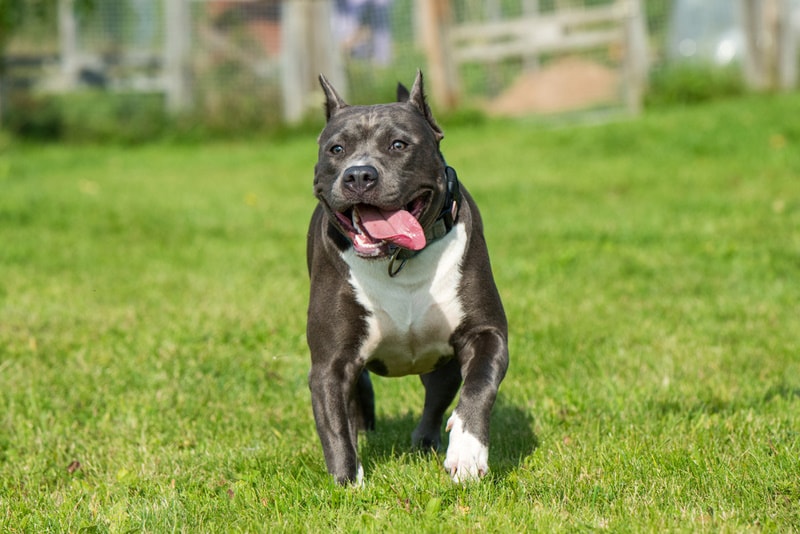- August 5, 2023
Why Do Dogs Get the Zoomies? 6 Reasons for This Behavior



The information is current and up-to-date in accordance with the latest veterinarian research.
The “zoomies” are those erratic spurts of energy that send your dog spinning in circles, leaping over the sofa, or taking off as soon as their leash is released at the park. Almost every dog owner has experienced them. Frenetic random activity periods, also known as FRAPs, are the official term for this behavior.
But why do dogs get the zoomies? Below are some common explanations.

The 6 Reasons Why Do Dogs Get the Zoomies
1. Letting Go of Tension
Zoomies can help your dog let off steam when they’re bored or anxious. At times, our canines may need to be immobile or subject to strict restraint for an extended period, such as during bathing, while lying in a kennel, or when visiting a veterinarian or groomer. However, when they’re free, they may take off like a rocket to burn off their energy.

2. Instincts
Zoomies may often happen at particular times of the day. Due to their natural hunting cycles, morning and evening are the times when dogs often experience bursts of energy. Coyotes, for instance, hunt at dawn and night, when their prey is more vulnerable.
3. Excitement
You can have fun with dog zoomies because they can occasionally be funny and entertaining. Our furry friends can also experience the zoomies because they are overly enthusiastic, and they can’t help but physically express their feelings.
They might perform zoomies when:
- Greeting you when you return from work
- Playing
- Learning a new trick
- They’re out for their daily walk
- Before mealtimes

4. Warming Up
After a stroll or after coming inside from the outside, dogs who run around the house with zoomies may simply be trying to warm up. Dogs that make a hasty exit from a lake, pool, or bathtub may also exhibit this behavior to get their blood flow going.
5. Getting Your Attention
While zoomies may indicate that your dog is content, they can also be a trick they have developed to have fun with you, particularly if you tend to exaggerate their excitement as they fly around. The dog may have discovered that doing this can draw attention or start a game.

6. Relieve Pain
Dog zoomies are almost always good things. But on occasion, it could be brought on by a sudden, acute pain. For instance, your dog can become frightened and run if they are bothered by the discomfort of an insect bite or sting, or problematic anal glands.
How to Keep a Zooming Dog Safe
Your dog might not be paying attention in the heat of the moment, but you can prevent injuries by:
- Keep them in a secure environment. If they start knocking furniture over or getting that wild look in their eyes, put your dog out into a fully enclosed yard or confine them to a space where nothing will trip them up and injure them.
- Never allow your dog to get the zoomies in the street. You never know when a car may come around the corner, even in a quiet suburban area. Keep them on a leash at all times when out for a walk.
- Ensure they have safe running surfaces. Your dog may lose control on slick, unstable surfaces like ice, sand, or hardwood floors. So, it is recommended to keep them on carpeted or grassy surfaces until they calm down.

Conclusion
Dogs naturally engage in zoomies to express their happiness and release pent-up energy. The frequency of zoomies in dogs often depends on their age, breed, and temperament.
Even though zoomies are typically nothing to worry about, when it happens often it may indicate that your four-legged animal needs more excitement in their life. The most content pups are those who receive consistent physical and mental stimulation.
Featured Image Credit: Rita_Kochmarjova, Shutterstock
Tags
What do you think?
Related Articles

New Puppy Checklist: Gear You’ll Need for Your New Dog
Getting a new puppy is really exciting, but before you welcome them home, it’s important to prepare your space for them. Since puppies need a

How Big Do Mini Poodles Get? Vet Reviewed Average Weight & Growth Chart – Dogster
The information is current and up-to-date in accordance with the latest veterinarian research. Learn more » When you buy a Miniature Poodle, you might not

Can Police Dogs Smell Nicotine? Vet Verified Facts & Info – Dogster
The information is current and up-to-date in accordance with the latest veterinarian research. Learn more » While cigarette sales have been declining steadily for decades,

How Old Is 5 in Dog Years? Vet-Approved Guide to Each Size of Dog – Dogster
The information is current and up-to-date in accordance with the latest veterinarian research. Learn more » A common method for calculating a dog’s age is

